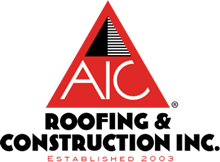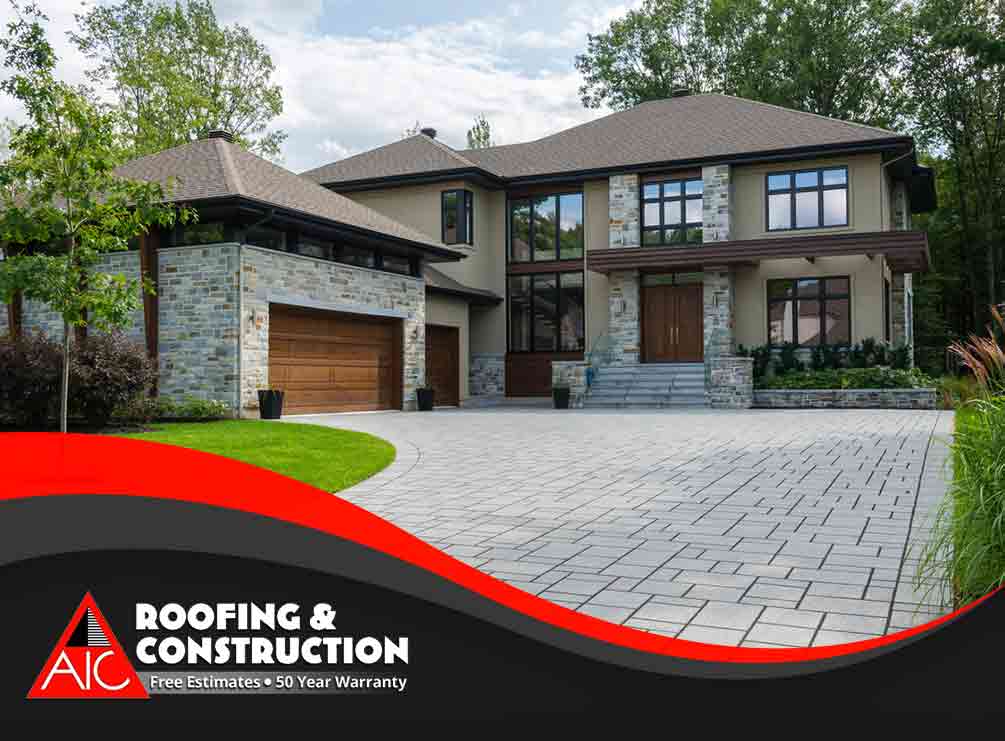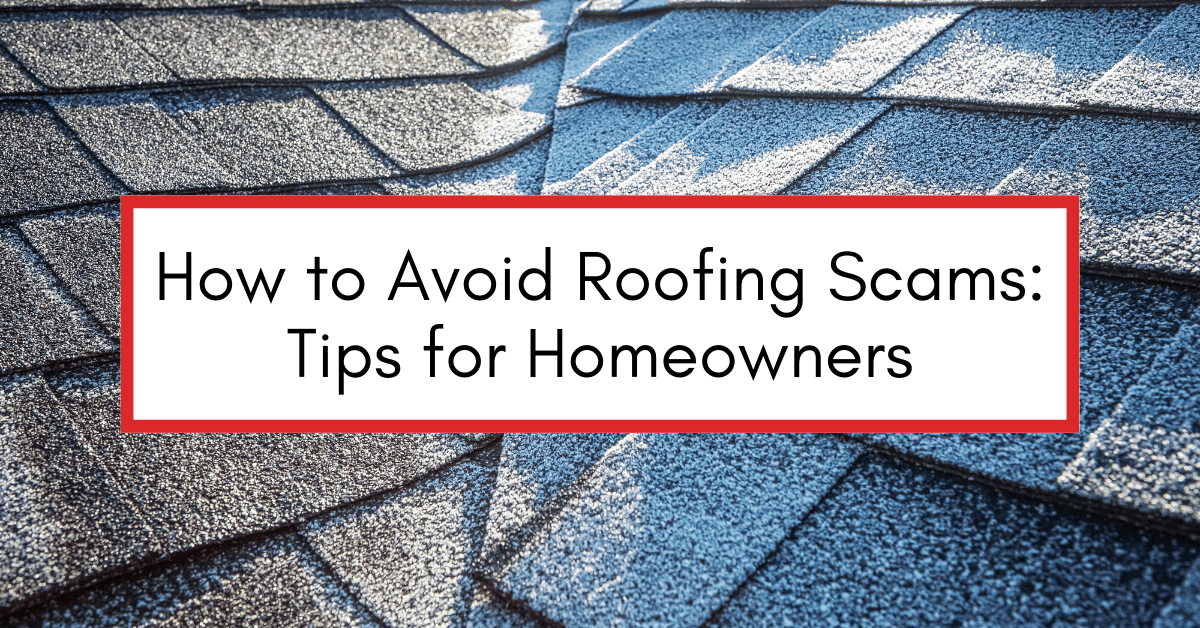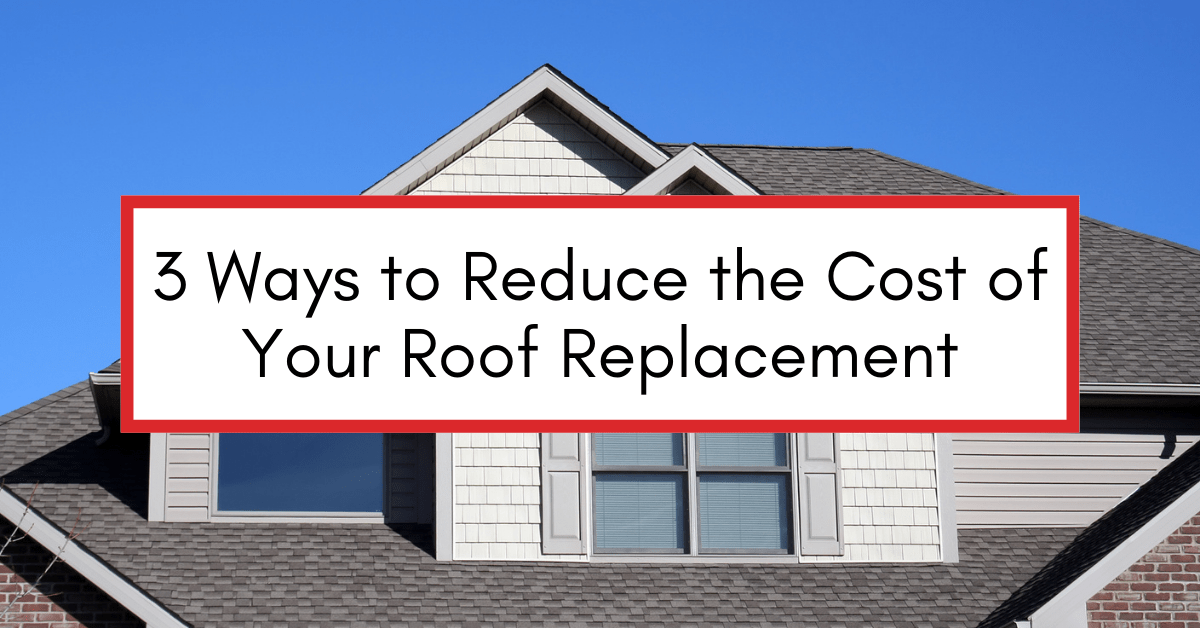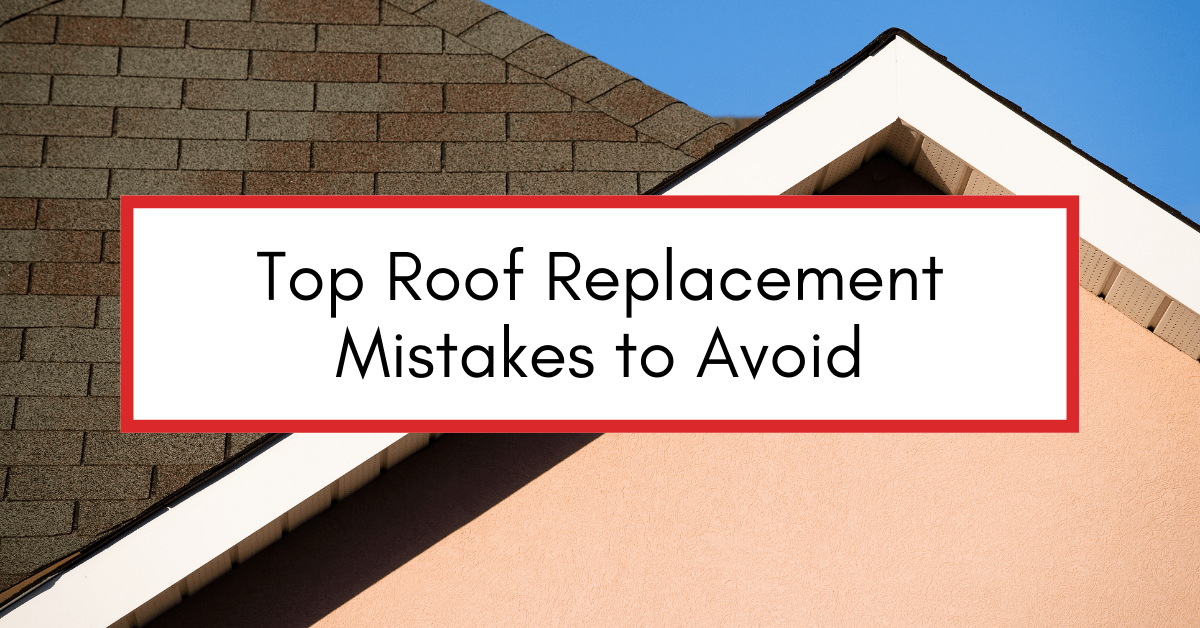Many things threaten the structural integrity of your roof. If a ravaging storm doesn’t harm it, the weather will damage it by attrition. If it’s not thoughtfully designed for your local climate, it’s doomed to fail sooner than you expect. Also, it can suffer from the things that you do and don’t do. Installing objects, like a satellite dish, and not giving it the proper maintenance increase its chances of leaking.
As a responsible homeowner, you should keep an eye on your roofing system’s health if you are to avoid premature replacement. Today, AIC Roofing and Construction, Inc. explains the most effective ways to detect roofing issues before they get worse:
Search for Shingle Deformation
Asphalt shingles are bad at hiding their problems. They distort as they age, revealing the most telling signs of deterioration. Although shingle cracking or curling is a fact of life, they can weather more quickly due to excessive heat.
Look for Granules in the Gutters
Another indicator of old roof age is balding. The surface of asphalt roofing shingles is covered with colorful granules designed to protect against ultraviolet radiation and lend character to the roof. Old-fashioned products usually begin to become thin at the top after one and a half decades. AIC Roofing and Construction warns that when granules start falling off, the rate of shingle deterioration increases.
Check the Attic for Moisture Buildup
The attic reveals many things about your roof’s condition. In fact, its inability to vent out excessive moisture accelerates the aging process of asphalt shingles and causes decay in wooden decking boards. It can be hard to catch moisture accumulation as it happens, but the widespread presence of mold is a notable red flag.
Watch Out for Ceiling and Wall Stains
Stains in your ceiling or walls generally mean your roofing system is leaky. The source of water intrusion could be different things, and the only way to track its origin is through a professional inspection.
AIC Roofing and Construction, Inc. can assess the condition of your aging roof. While we have a solid reputation as an installer, we’re also adept at repairs to extend your roof’s service life for as long as possible. Call us to discuss your preventive roof maintenance needs, and get your free, no-obligation estimate in central Kentucky.
3-tab attics barns chimney choosing a contractor commercial cost curb appeal DIY estimate financing flashing flat roof GAF glossary gutter replacement gutters gutter size gutter system ice dams inspections insurance missing shingles roof design roofing materials roofing system roof leak roof maintenance roof materials roof repair roof replacement roof shapes roof types shingle ratings shingles siding siding materials siding replacement skylights storm damage underlayment ventilation warranty winter
